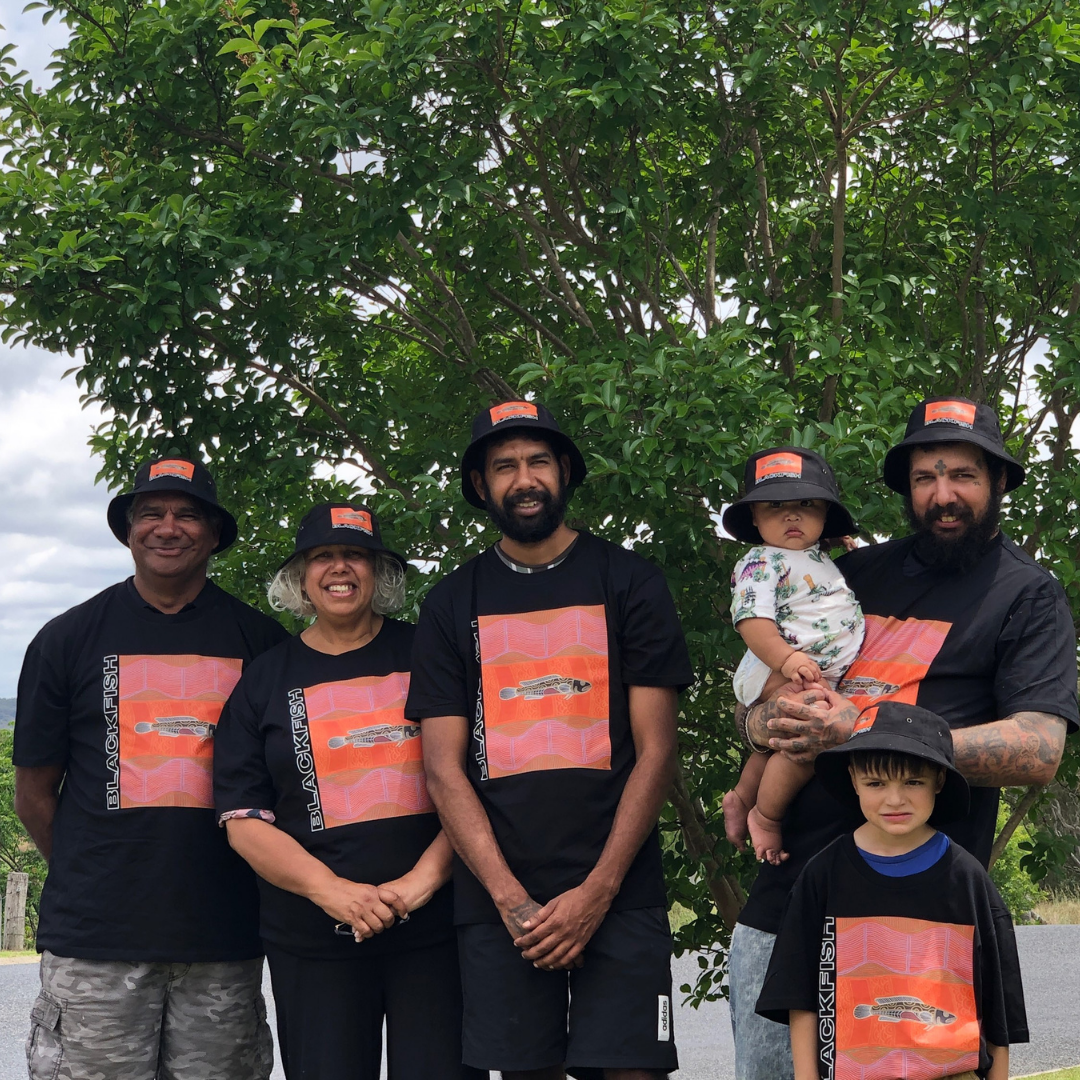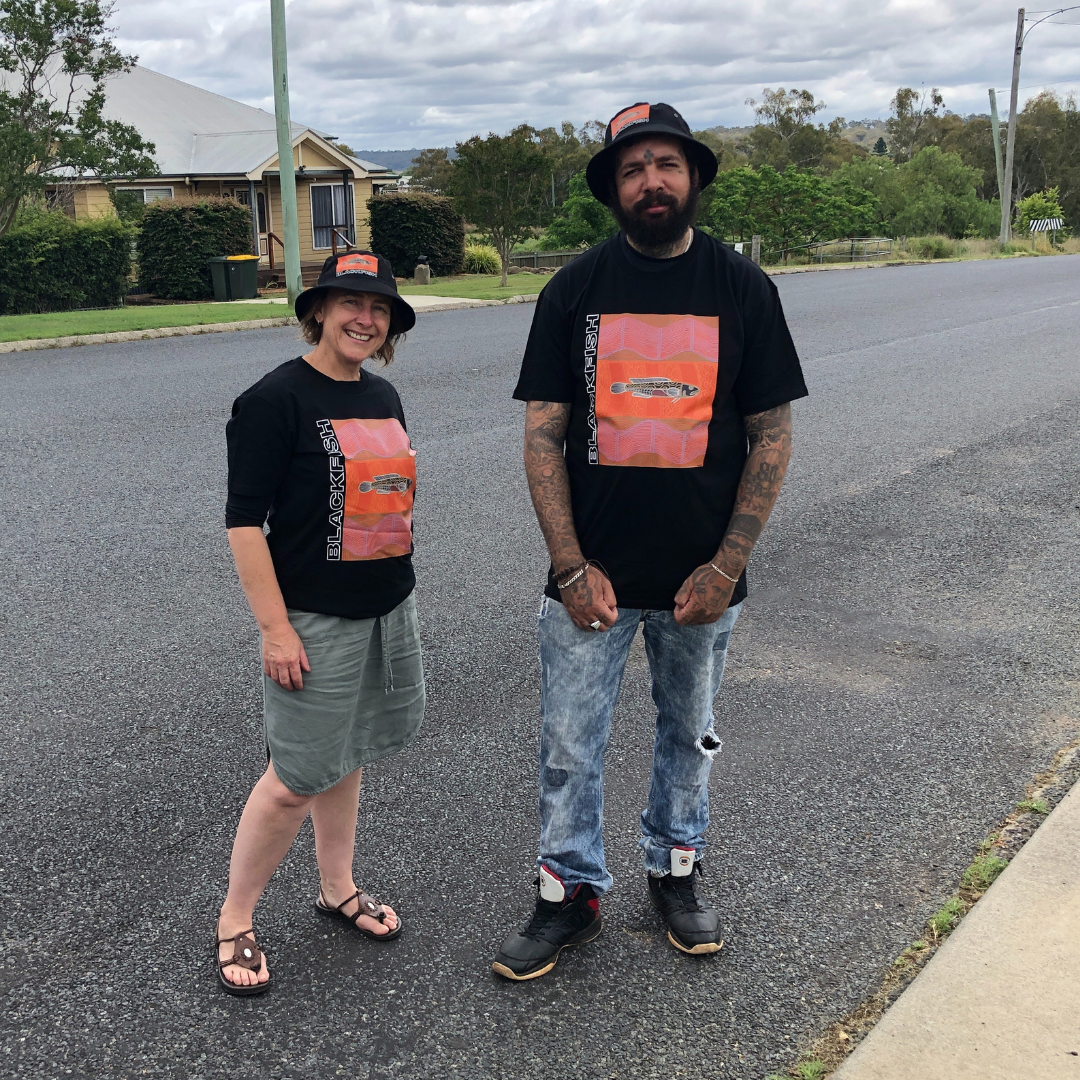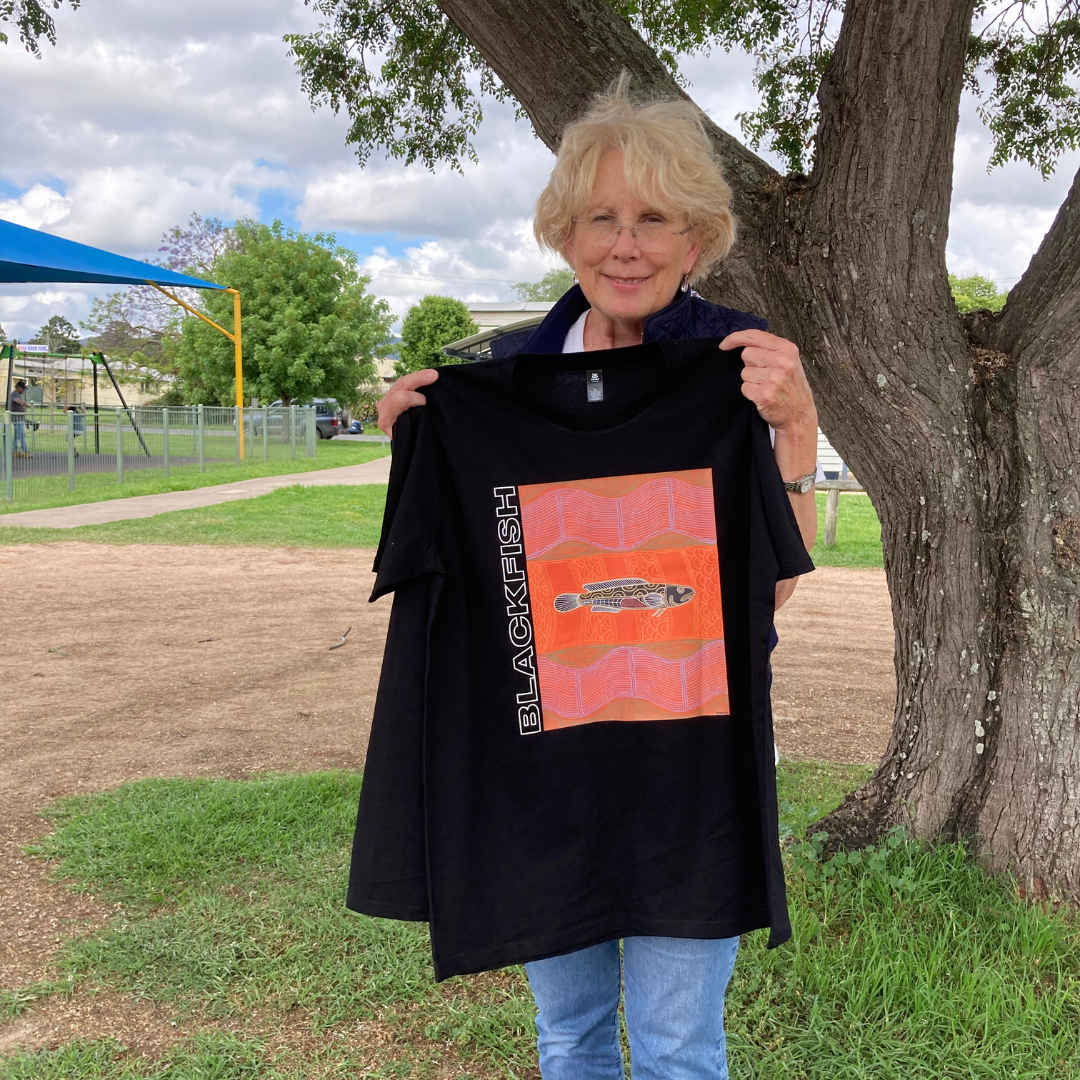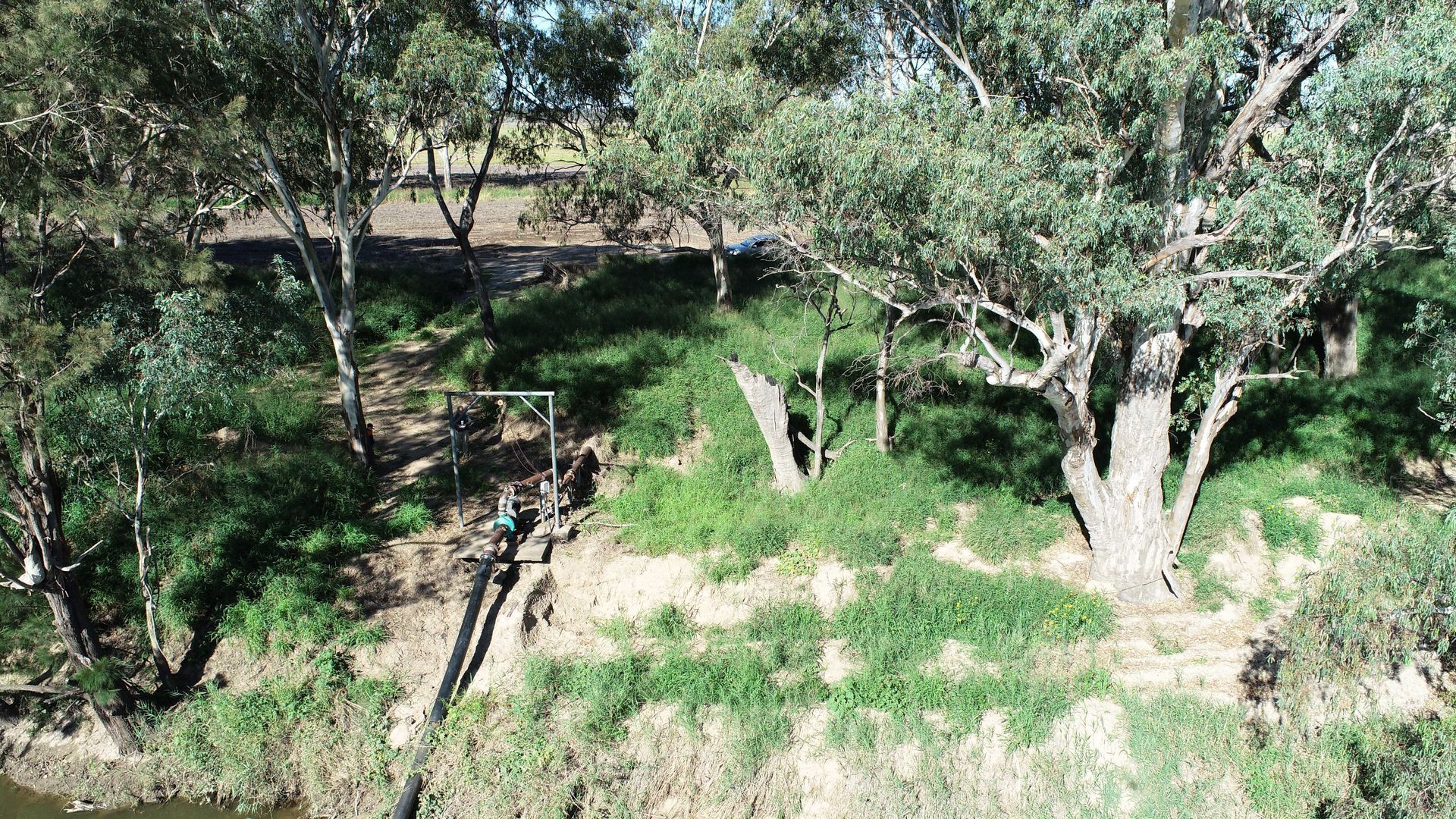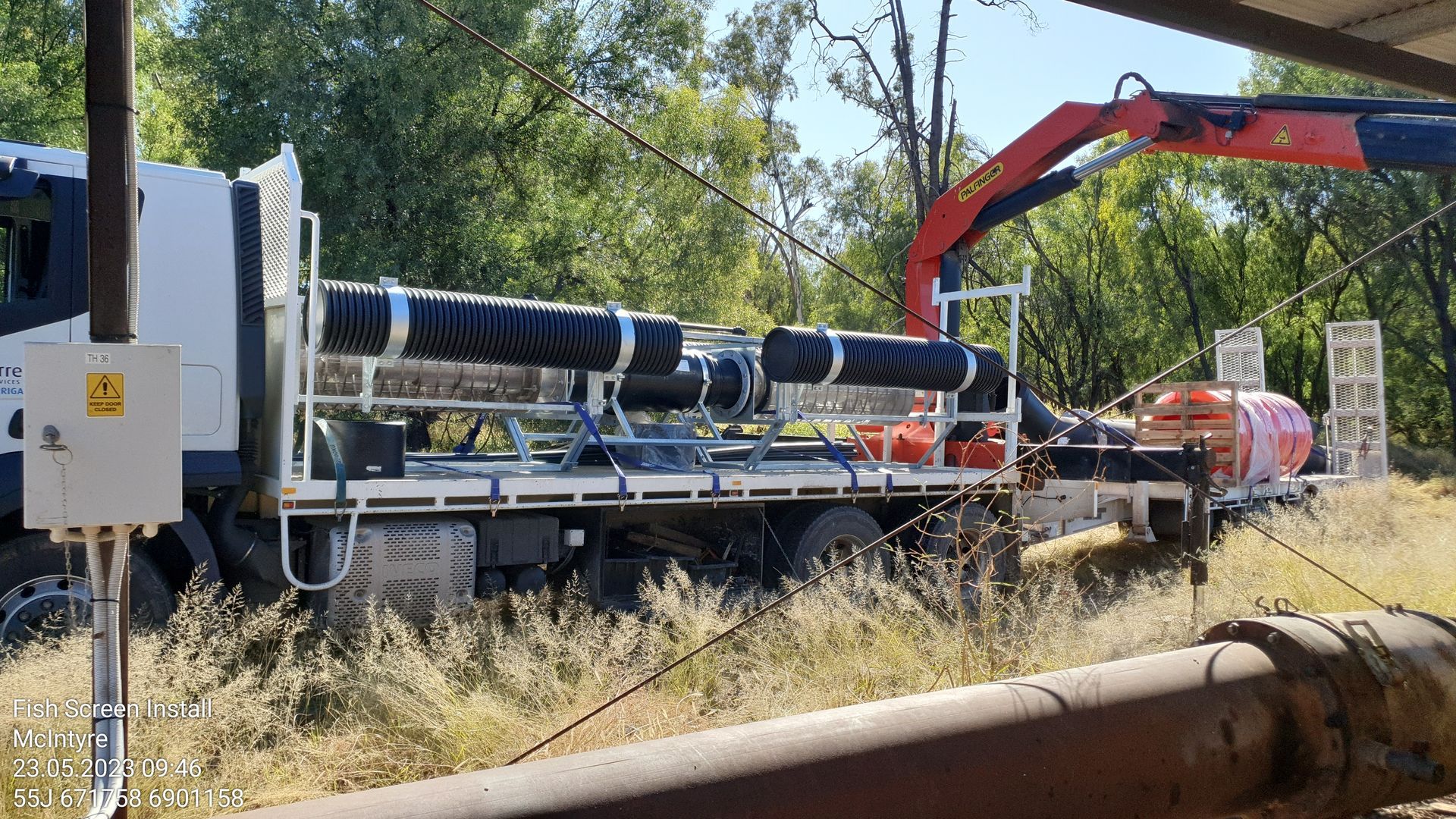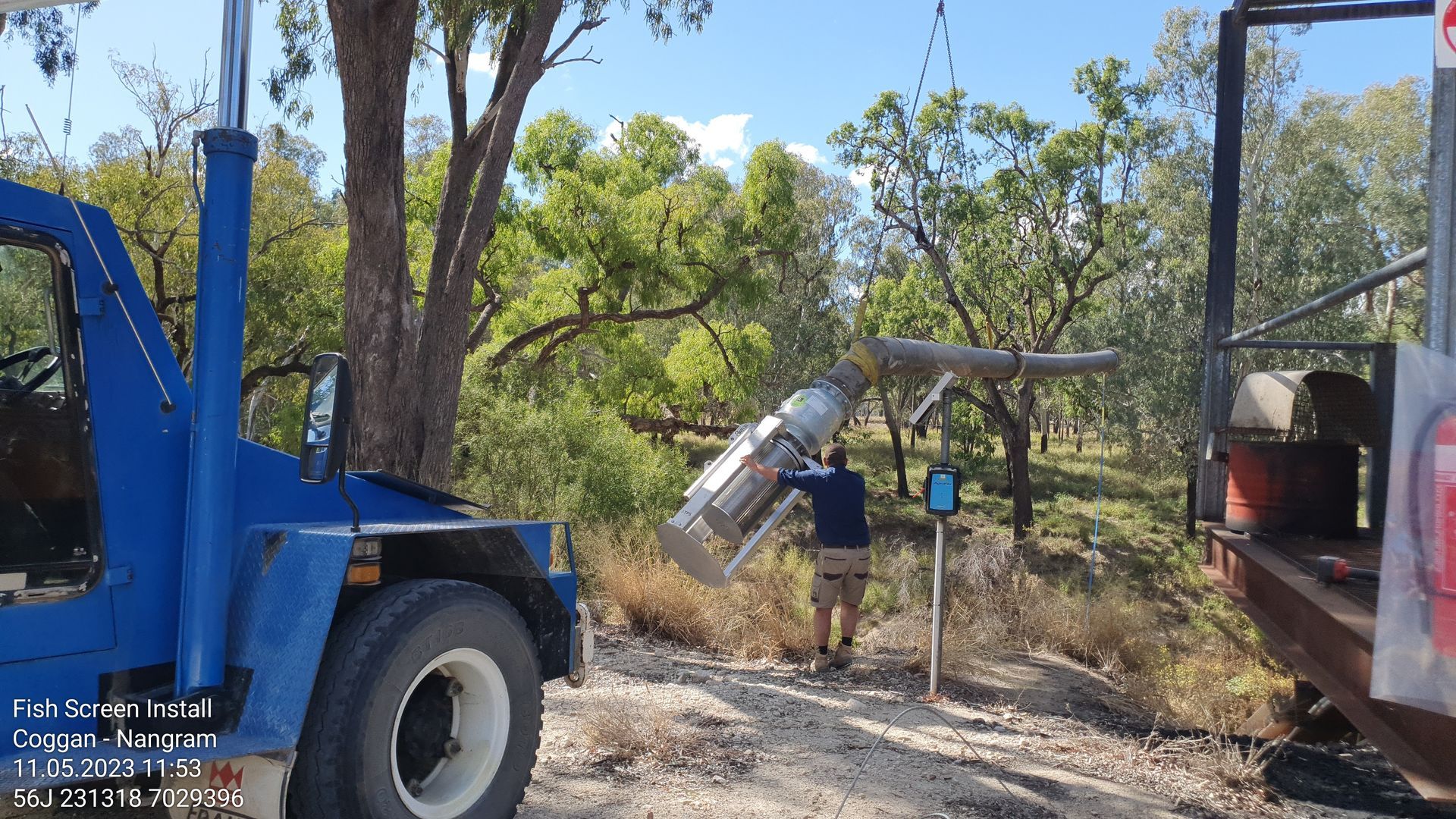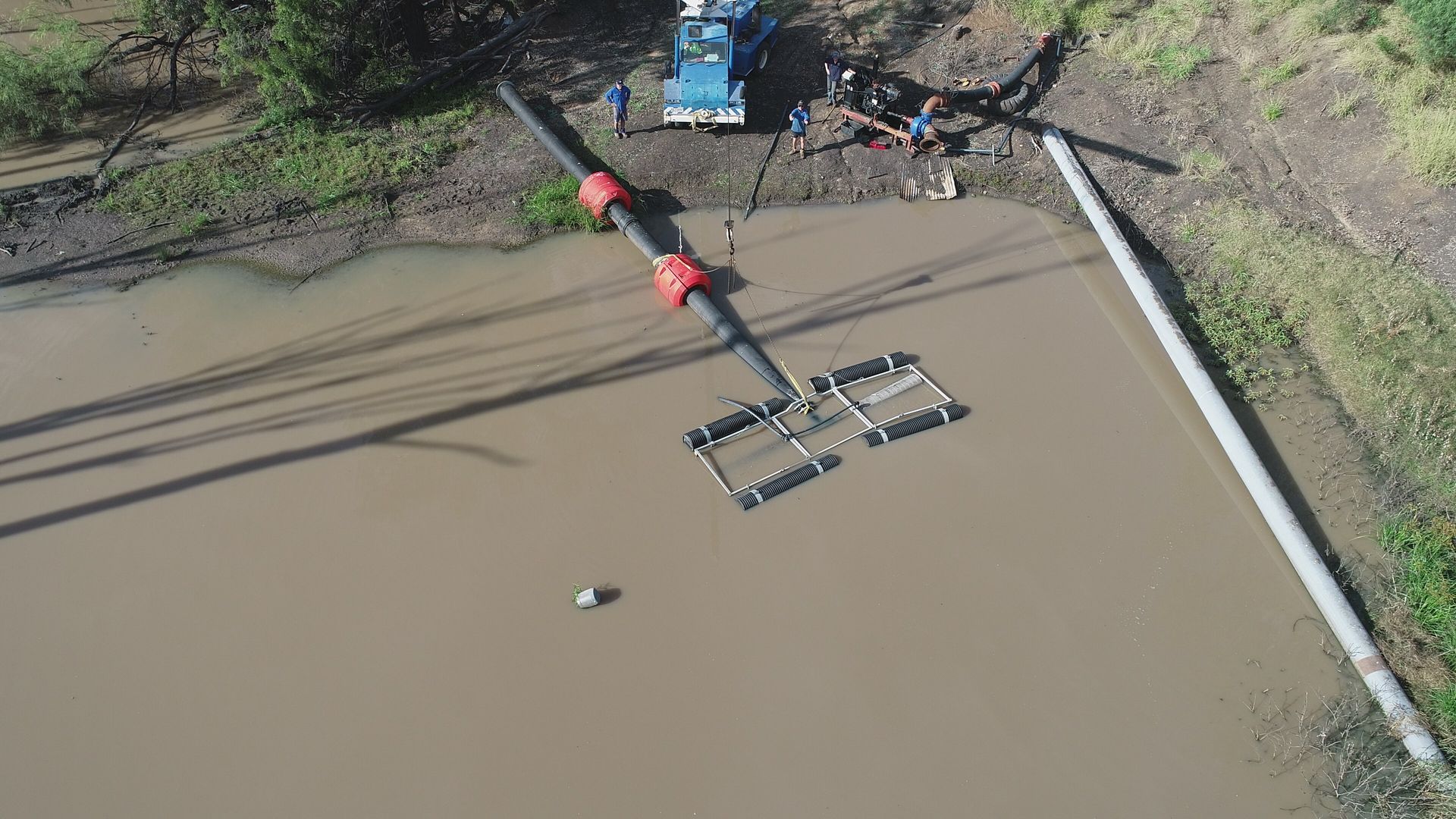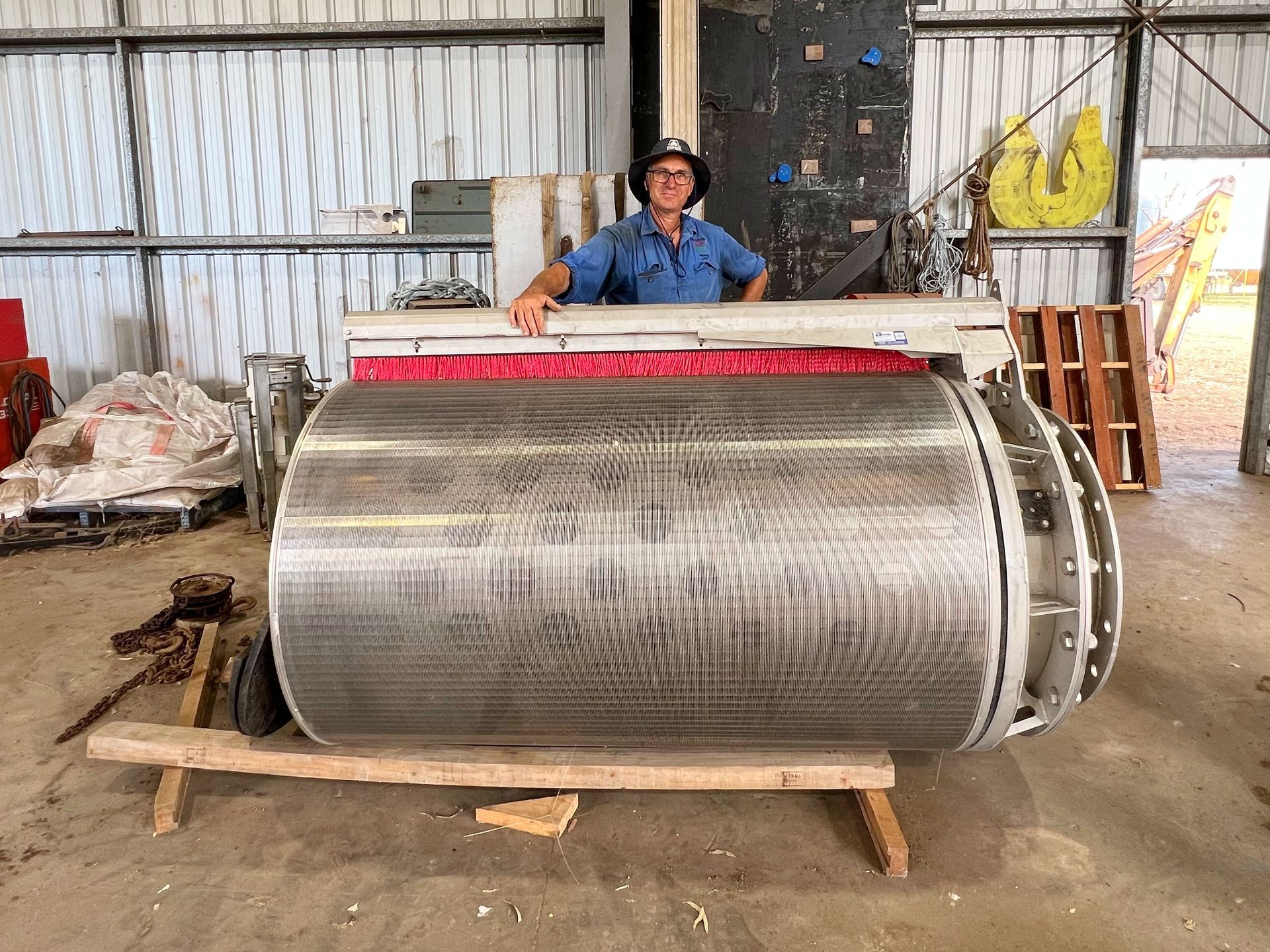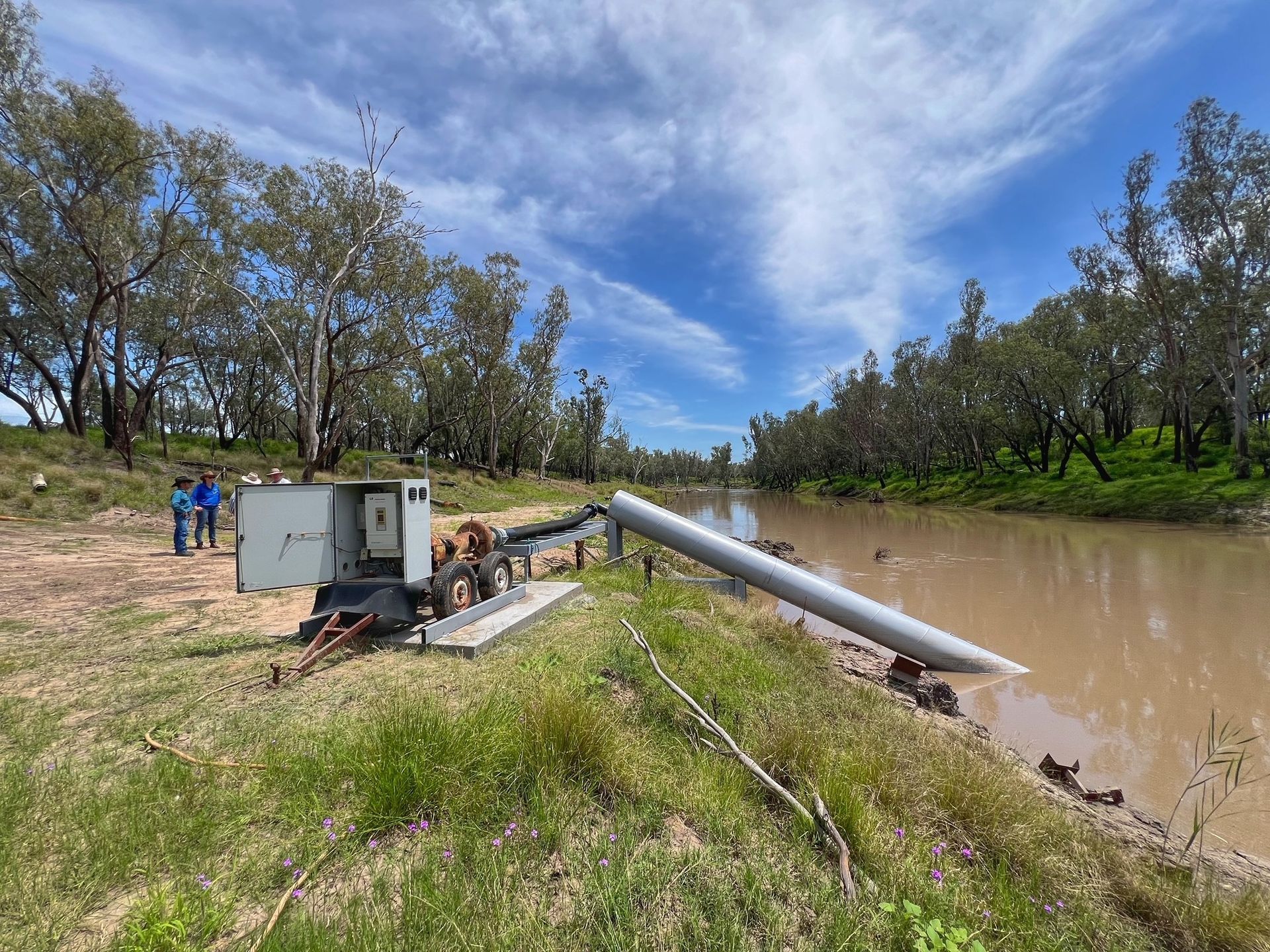River blackfish are in severe decline across the entire Murray-Darling Basin with some populations at high risk of localised extinction including those in the Condamine headwaters near Killarney.
That is the stark reality Githabul artist Nathan Charles wanted to portray through his piece ‘Blackfish’, when Southern Queensland Landscapes invited him and the Githabul Nation to help spread the word about the plight of this elusive yet charismatic native fish.
“I am so excited to be working with Southern Queensland Landscapes to help tell people about the blackfish that lives in the headwaters near Killarney and spread the message that if we don’t do something they will be gone,” Nathan Charles said.
“I was inspired by the description of the blackfish as ‘the canary in the coal mine’; which I believe means that the blackfish are an early warning sign of major changes in nature happening right across the catchment. And so I chose to use colours that nature uses to communicate danger or a warning…like reds and oranges,” Mr Charles said.
“As First Peoples we believe every animal has a place; every animal has a role and when one is lost its impact will be felt right across Country; it’s important that we do everything we can to protect our native plants and animals,” he said.
SQ Landscapes Project Coordinator and Freshwater Ecologist Jacinta Cox said the Australian Government is heeding the warning, investing in the region to try and reverse the trend.
“This project is being funded by the Australian Government through the Native Fish Recovery Strategy and coordinated by the Murray-Darling Basin Authority through Southern Queensland Landscapes” Jacinta Cox said.
“So our focus with this project is to do everything we can to make the environment of the Condamine headwaters more sustainable for the blackfish and that includes improving the vegetation along the waterways to better shade the water and keep it cool because blackfish like cold water,” Ms Cox said.
“We have been working with land managers to reduce weeds along the waterways and even plant native vegetation to stabilise banks and encourage canopy growth to provide shade and promote reduced water temperatures,” she said.
“It also includes working with land managers to install fencing and off-stream watering to keep cattle and other livestock out of the rivers and creeks because they stir up the water and make it muddy and the blackfish don’t like muddy water.”
Ms Cox said the Githabul Nation has done a tremendous service to the community communicating the importance of the project through the original artwork of Nathan Charles.
“I was moved to tears when I first saw the piece. The artist really nailed it. It’s rare to find photos of the blackfish, so Nathan did a really great job to represent the fish in all its beauty and communicate the warning to everyone that we need to work together to help save the blackfish,” Ms Cox said.
“Nathan’s work will be used to communicate the importance of the project through his art that will feature on the website page dedicated to the project and other marketing material like shirts and hats,” she said.
“We hope people in the community will wear these shirts and hats with pride and share the story about the blackfish and spark change.”
If you are interested in finding out more about the Condamine Headwaters Recovery Reach Project and what SQ Landscapes is doing in partnership with the Murray-Darling Basin Authority and Australian Government visit https://www.sqlandscapes.org.au/condamine-headwaters-recovery-reach.
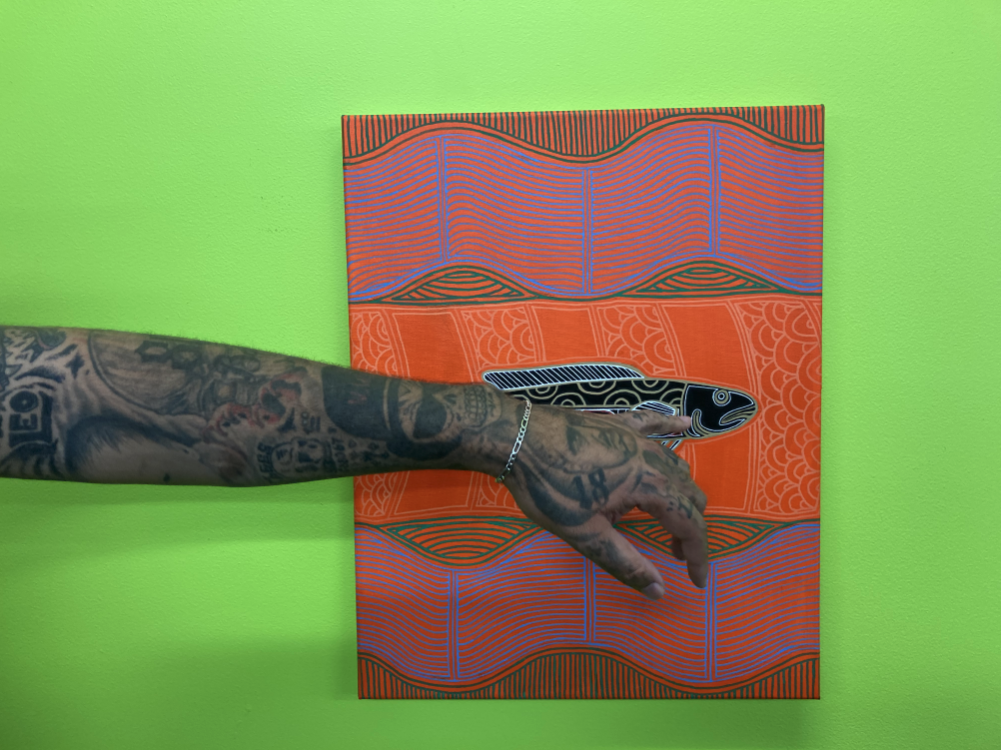
Githabul Artist Nathan Charles says the colour orange is a warning sign.
This project is funded by the Native Fish Recovery Strategy. The Native Fish Recovery Strategy is funded under the joint programs and coordinated by the Murray-Darling Basin Authority. The joint programs promote and coordinate effective planning, management and sharing of the water and other natural resources of the Murray-Darling Basin.
Finterest: https://finterest.com.au/native-fish-recovery-strategy/
The 'Blackfish' shirts were handed out to Killarney locals.
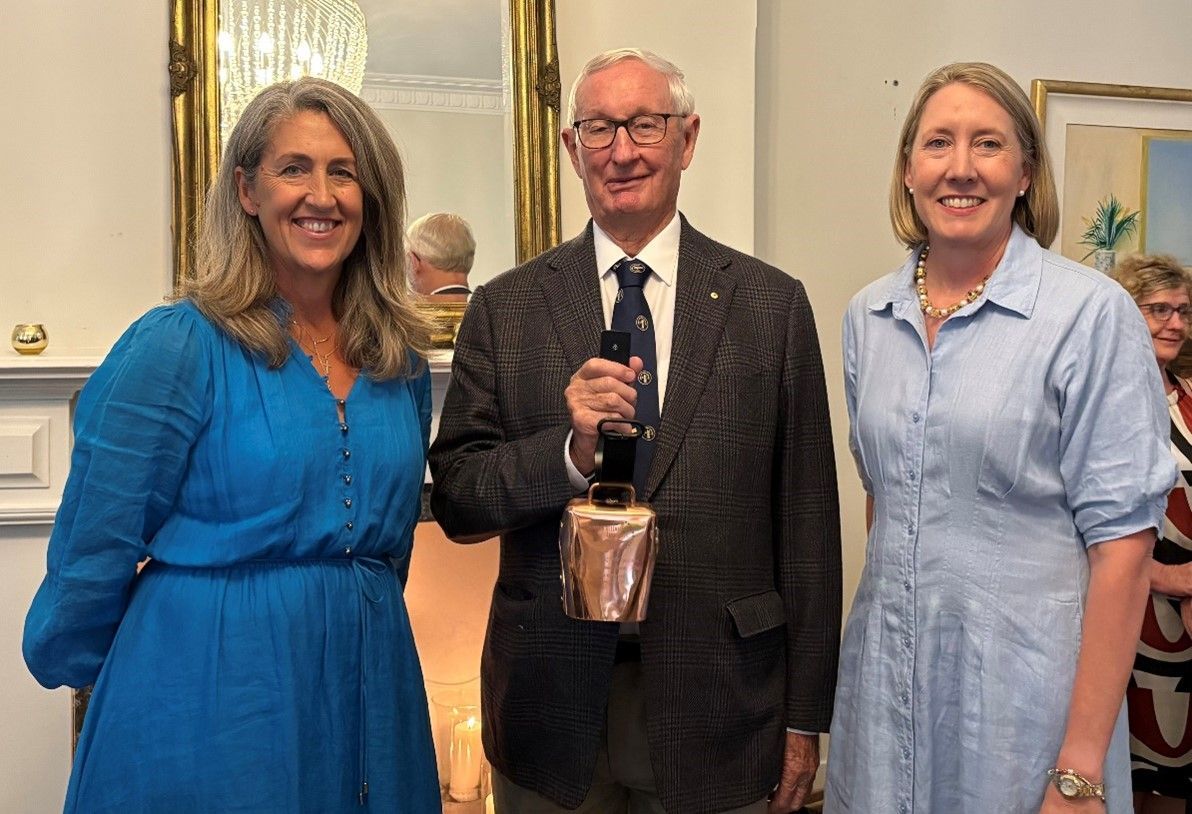
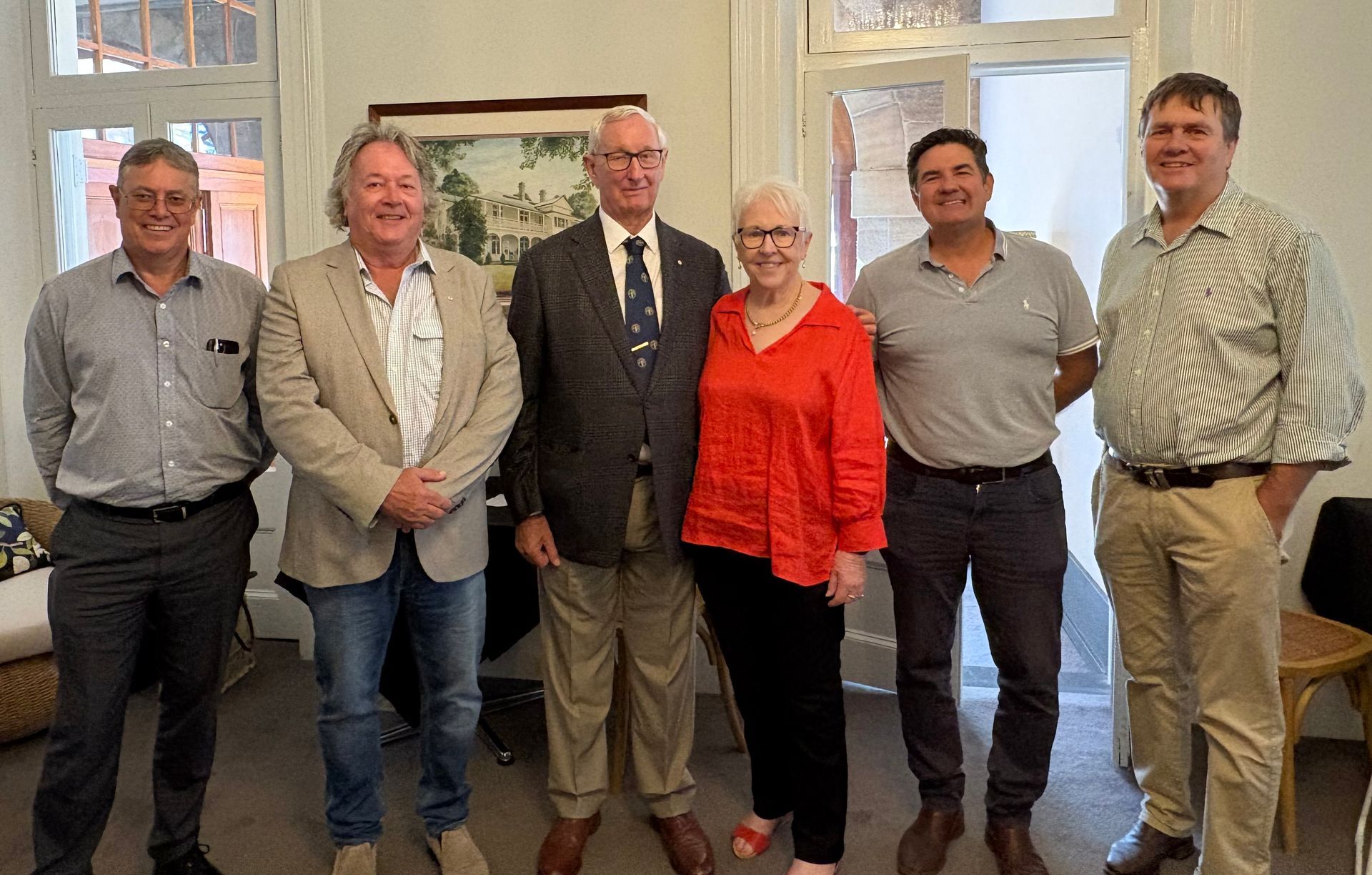
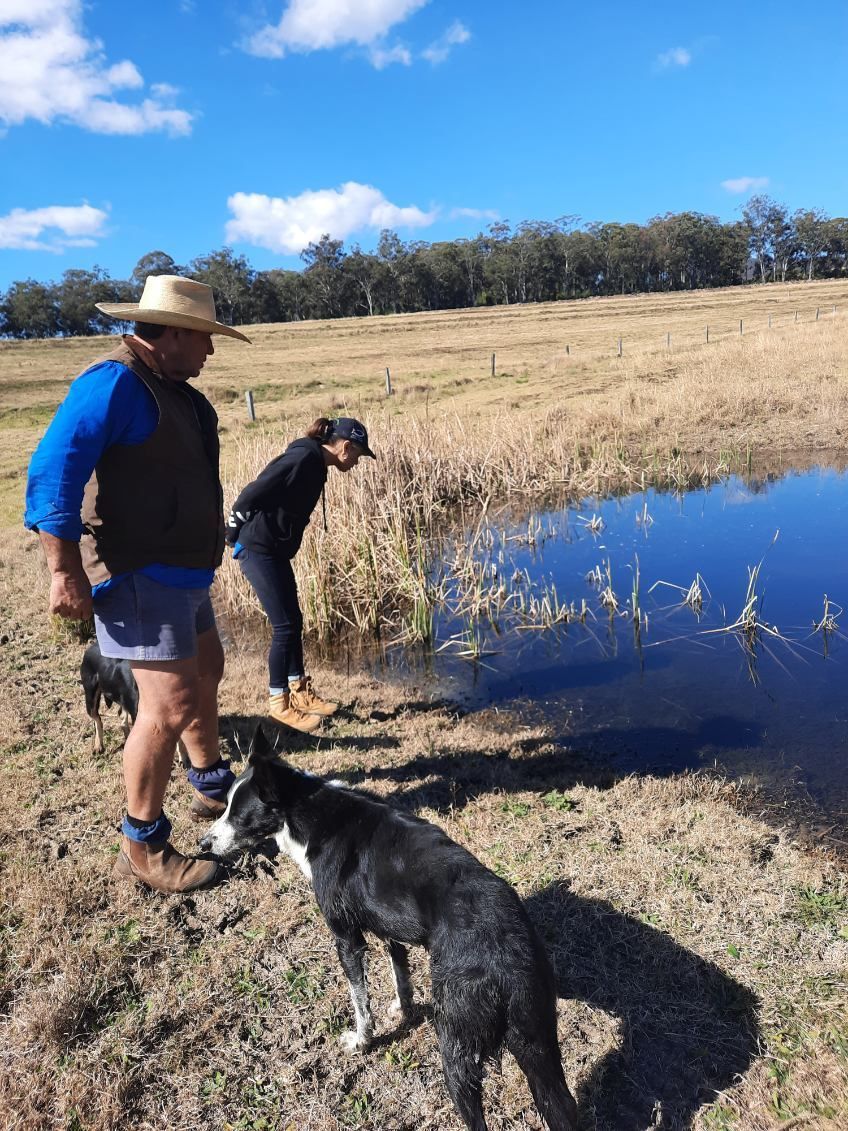
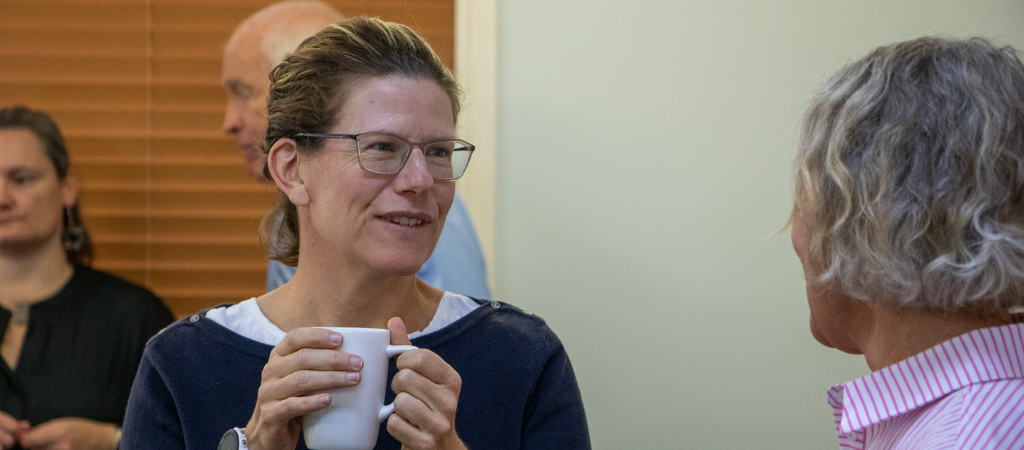
CONTACT
ADDRESS:
Toowoomba - 266 Margaret St. QLD 4350
Roma - 21 Major St. QLD 4455
Charleville - 92 Alfred Street. QLD 4470
St George - 1/11 Grey Street. QLD 4487
CONNECT
LOCATIONS
- 266 Margaret St, Toowoomba City QLD 4350, Australia 266 Margaret St, Toowoomba City QLD 4350, Australia
- 21A Major St, Roma QLD 4455, Australia 21A Major St, Roma QLD 4455, Australia
- Park St, Charleville QLD 4470, Australia 92 Alfred St, Charleville QLD 4470, Australia
- 48 Stockyard St. QLD 4490. Cunnamulla, 48 Stockyard St, 4490, QLD, Australia
- 1/11 Grey Street. QLD 4487 11 Grey St, St George QLD 4487, Australia

